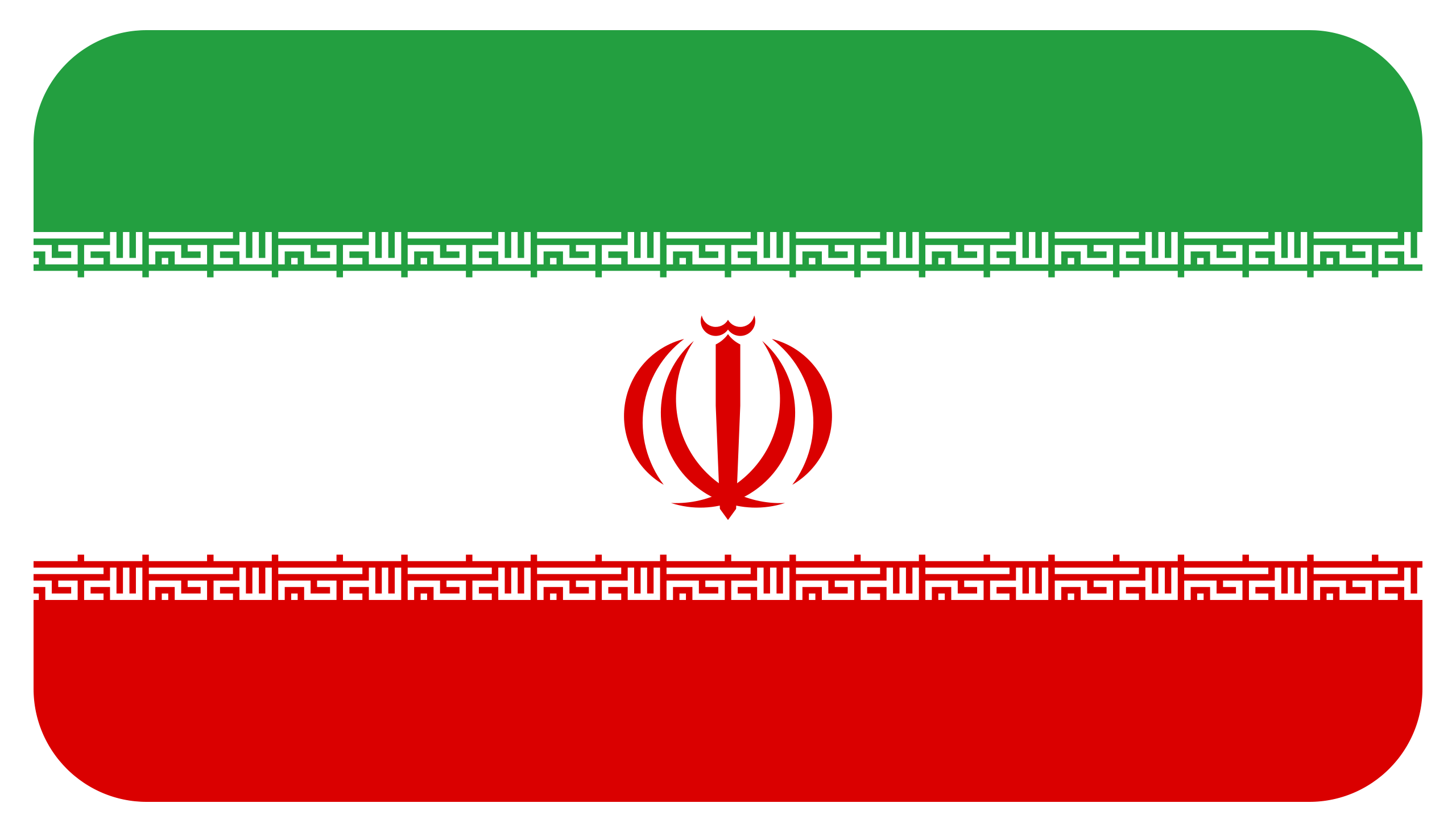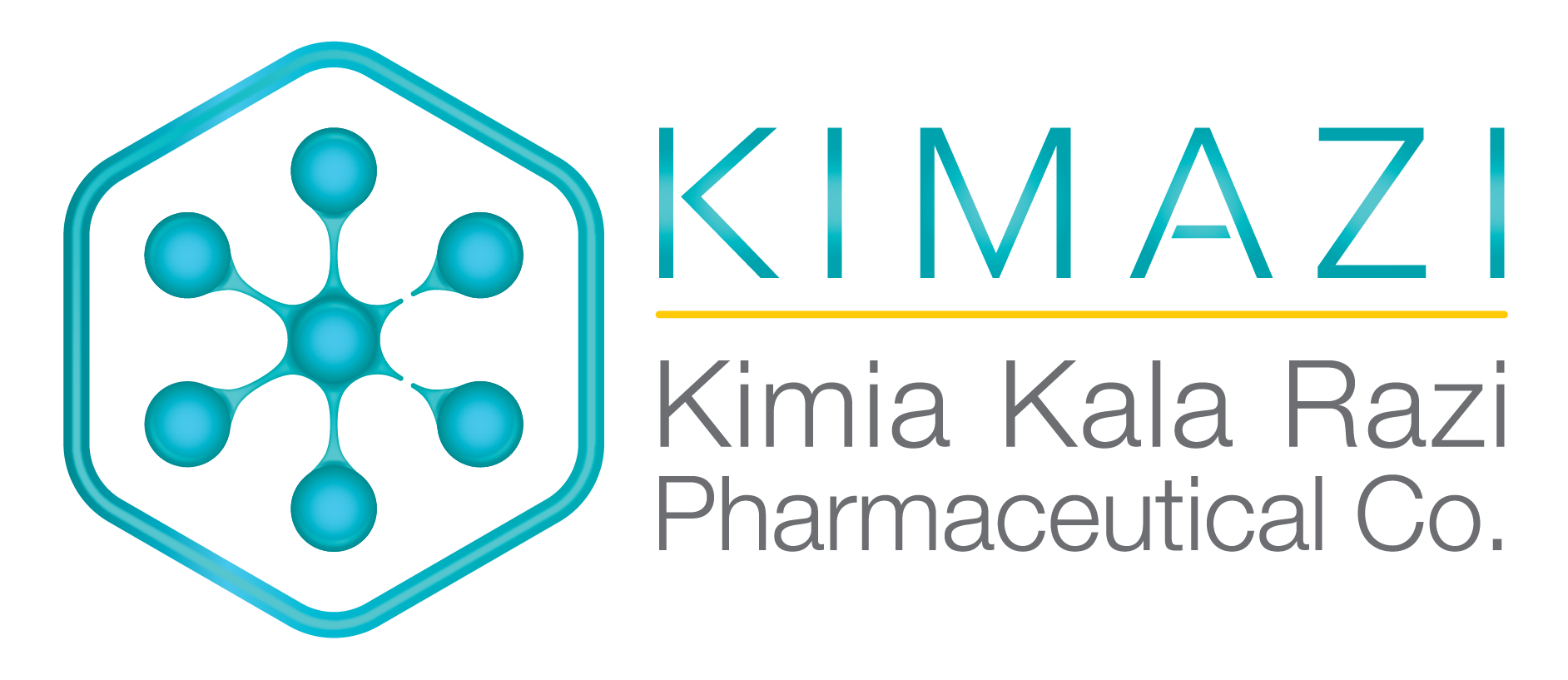Permethrin 1%

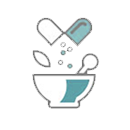
Active ingredients:
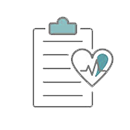
Indication:
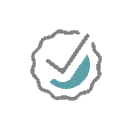
Product differentiation:
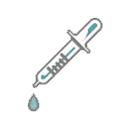
Dosage:
–
Background
Permethrin was first created in 1973 and registered as an insecticide by the EPA in 1979. However, its origins can be traced back to ancient Persia around 400 BC
Drug category
Synthetic neurotoxic pyrethroid
Pharmacology and mechanism of action of the drug
Permethrin acts on the nervous system of insects. It interferes with sodium channels to disrupt the function of neurons, and causes muscles to spasm, culminating in paralysis and death. Permethrin can be effective by contact or ingestion and also acts as a mild repellent.
You should not use permethrin topical if you are allergic to permethrin or to chrysanthemums.
Ask a doctor or pharmacist if it is safe for you to use this medicine if you have other medical conditions.
Permethrin topical is not expected to be harmful to an unborn baby. Tell your doctor if you are pregnant.
It is not known whether permethrin topical passes into breast milk or if it could harm a nursing baby. You should not breast-feed while using this medicine.
Permethrin topical should not be used on a child younger than 2 months old.
Store this medicine at below 25 ° C, and away from light and moisture.
Keep this medicine out of the reach and sight of children.
Permethrin topical 1% solution:
Apply to shampooed and towel-dried hair until hair and scalp are saturated (especially behind the ears and on the nape of the neck). Leave on hair for 10 minutes and rinse with water.
Permethrin 1% shampoo treats lice (small insects that attach themselves to the skin on the head) in adults and children 2 months of age and older.
